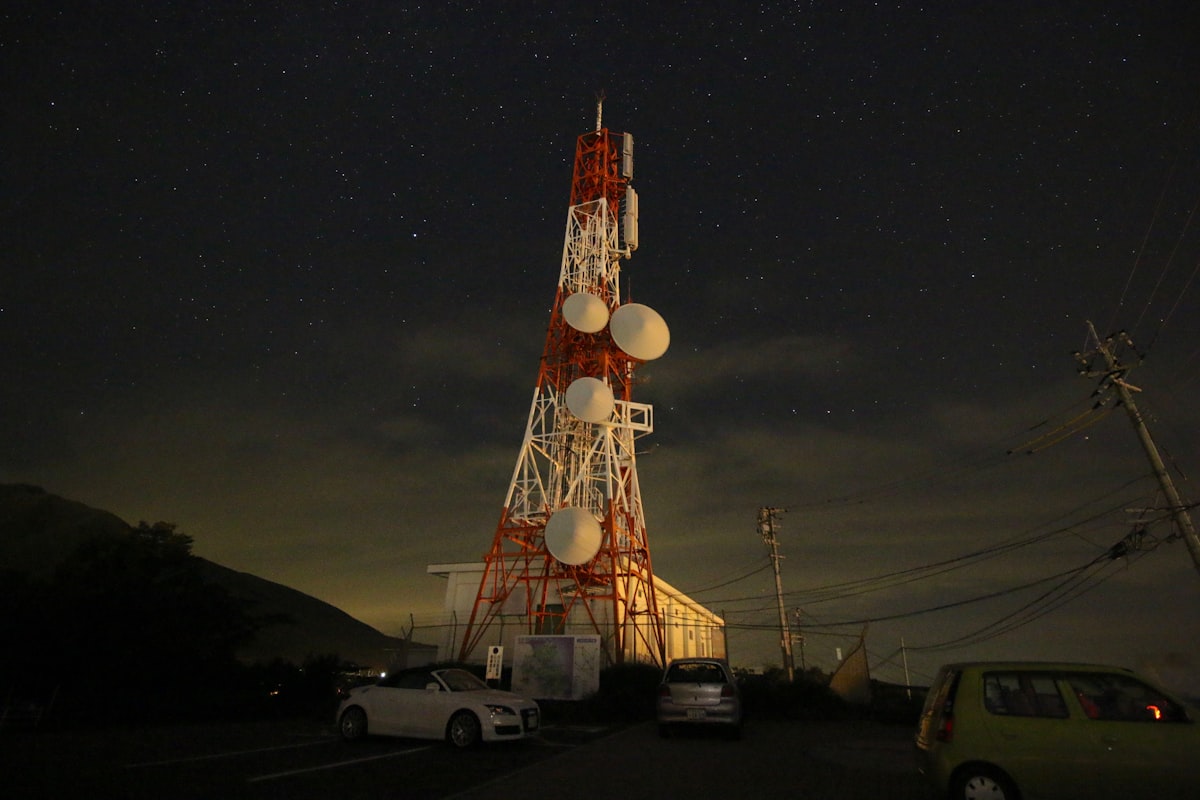FCC Authorizes Unlicensed Operations of 6 GHz Band
Seven new systems were greenlit to manage spectrum in the 6 GHz band.
Jericho Casper

WASHINGTON, February 23, 2024 – The Federal Communications Commission announced Friday the 6 GigaHertz (GHz) spectrum band is officially open for unlicensed operations.
Under the commission’s directive, seven automated frequency coordination, or AFC, database systems were greenlit to begin managing spectrum within specific portions of the 6 GHz band, spanning from 5.925-6.425 GHz and 6.525-6.875 GHz.
Now deemed operational, these AFCs have undergone rigorous testing programs directed by the FCC’s Office of Engineering and Technology.
The testing regimen was comprehensive encompassing both lab testing and a public trial period spanning 45 days. During this phase, the AFCs received challenges from users regarding whether the available frequency ranges and power levels complied with FCC rules.
These rules are designed to safeguard against harmful interference from standard power access devices and fixed client devices to licensed microwave receivers and radio astronomy observatories operating within the 6 GHz band.
With the FCC's approval, AFCs will begin to manage spectrum allocation and mitigate interference. AFCs manage and coordinate the allocation of frequencies within a particular spectrum band, ensuring a seamless coexistence between various users within the band.
The seven organizations granted approval include: Qualcomm, Broadcom, Wi-Fi Alliance, Wireless Broadband Alliance, Sony, Federated Wireless, and Comsearch.
In November, the FCC conditionally approved 13 proposed AFCs beginning the process of commercializing the 6 GHz band.
All of this follows the FCC's 2020 decision to open up 1.2 gigahertz of spectrum covering the 6 GHz band for unlicensed use, chiefly driven by demands to open up more bandwidth to enable the Wi-Fi 6E and Wi-Fi 7 standards to deliver performance increases.
Wi-Fi 6E, an extension of Wi-Fi 6, operates in the 6 GHz frequency band and promises several benefits such as higher data rates, lower latency, and increased capacity compared to previous Wi-Fi standards.








